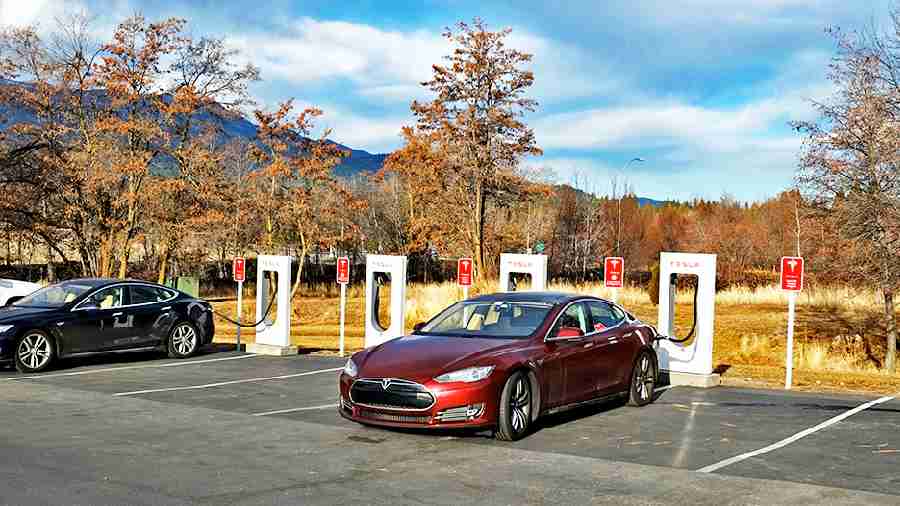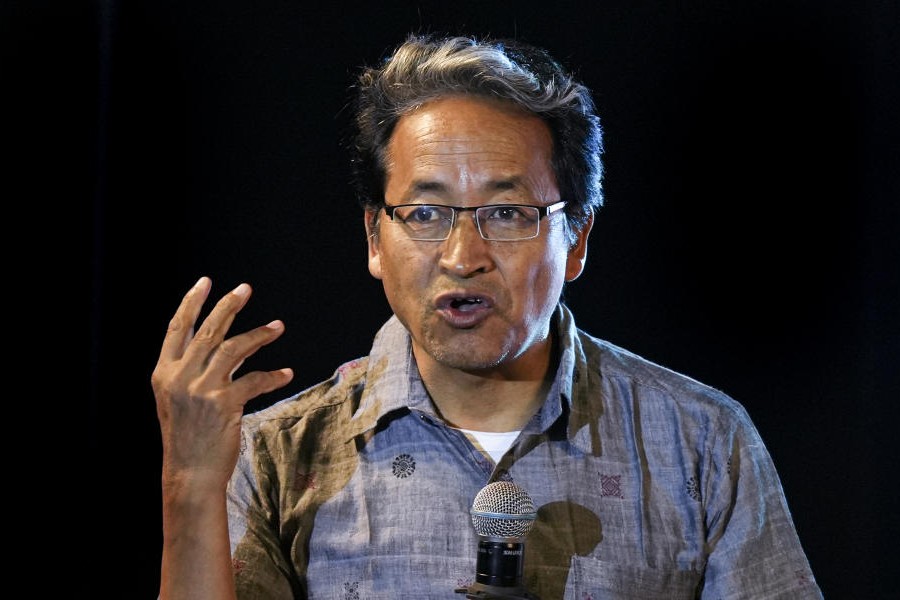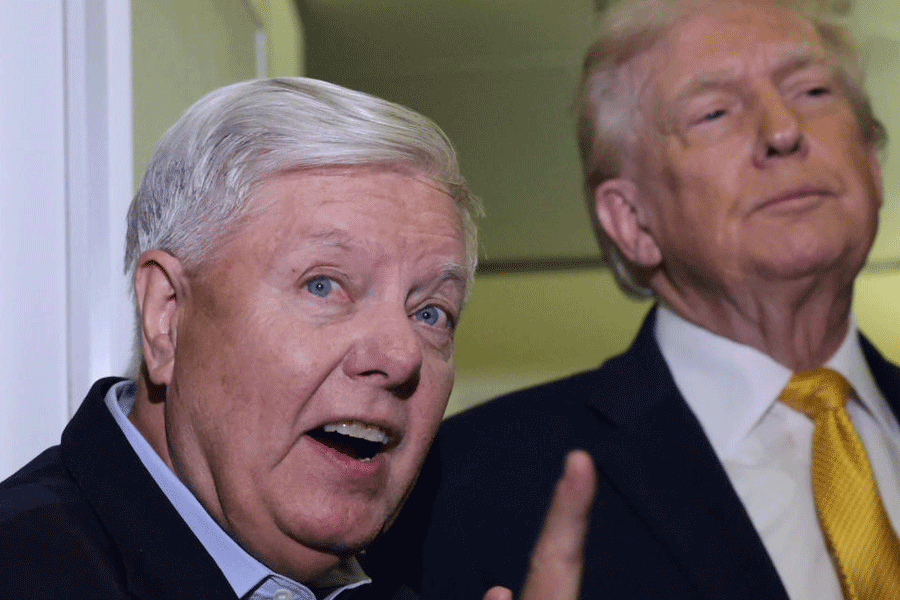Tesla will open some of its fast chargers, which had been exclusive to its customers, to all electric vehicles by the end of next year, the US administration said as it announced a broad effort to improve charging and encourage more people to buy battery-powered vehicles.
The company’s network of fast chargers has been a key element in the company’s success by giving drivers confidence that they will be able to charge cars during longer trips. The network also has a reputation for being faster and more reliable than those available to owners of electric vehicles made by other manufacturers. The latter require drivers to download special apps and often are hard to use or out of commission.
Tesla accounts for over half the fast chargers in the US, and its network could provide a significant boost to the government’s plans to encourage electric vehicle ownership and fight climate change. Financial incentives to car buyers and manufacturers, part of the Inflation Reduction Act passed by Democrats in Congress last year, are already making some electric vehicles as cheap to buy as comparable gasoline cars.
About 7,500 Tesla chargers will be open to other vehicles by the end of 2024. Of those, 3,500 are fast chargers capable of recharging a vehicle in about half an hour to an hour. The rest are slower chargers at hotels, restaurants and other destinations that are already available to owners of other car brands if they buy an adapter.
By opening its network, Tesla can earn revenue from the owners of its competitors’ vehicles, but may also diminish one of its main advantages as it faces stiffer competition from established carmakers.
“It’s a double-edged sword for Tesla,” said Ben Rose, president of Battle Road Research. “It helps to grow the industry. It demonstrates that Tesla wants to be a team player. On the other hand, this reduces a competitive advantage vis-à-vis the other manufacturers who are way behind in creating their own charging networks.”
Tesla already allows other vehicles to use its chargers in a pilot programme in 14 European countries, including France, Germany and Britain. The company’s network in Australia and Iceland is also open to other cars.
The fragmented charging system in the US is a major frustration for EV owners, who often find that they must download apps and enter personal details and payment information before they can charge. The procedures used to activate charging equipment also differ from company to company.
Companies that offer charging must also ensure that the network works 97 per cent of the time, a requirement that could cull weaker providers and force the industry to make its equipment and software more reliable. Charging systems must be standardised, the administration said in a fact sheet.
“This is very good for the industry, very good for EV adoption,” said Mike Calise of Tritium, an Australian manufacturer of charging equipment in Tennessee, US. Tritium said it would increase its workforce in Tennessee by 50 per cent, to 750 employees, to help meet increased demand.
The administration’s goal is to build a network of 5,00,000 chargers by 2030, up from 1,30,000 today, and increase EVs’ share of new car sales to 50 per cent, compared with 6 per cent last year. All 50 states are participating in a programme designed to line major highways with fast chargers no more than 50 miles apart.

Shutterstock
Manufacturers including Mercedes-Benz, GM and Ford plan to install charging equipment at dealerships and other locations. ChargePoint, Volvo and Starbucks will work together to install chargers at 60 Starbucks locations between Denver and Seattle. Truck stop operators Pilot Flying J and Travel Centers of America also plan to install chargers.
Most owners of EVs charge their vehicles at home using a dedicated 220-volt connection that can typically fill up a car battery in about eight hours, but that is often not an option for people who rent homes or apartments. Charging electric cars using a standard 110-volt outlet can take up to 60 hours.
Executives in the EV industry said they were glad that the US administration had established rules for charging infrastructure. “This is going to make it easier to move forward,” said Anne Smart, vice-president of global policy for ChargePoint, which has installed chargers at stores, restaurants, gas stations and other locations. Expansion of the charging system “will move quickly,” she added. “It’s a lot of funding.”
NYTNS











